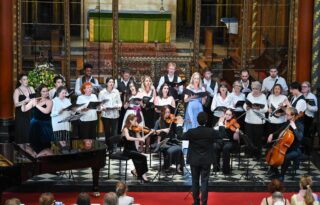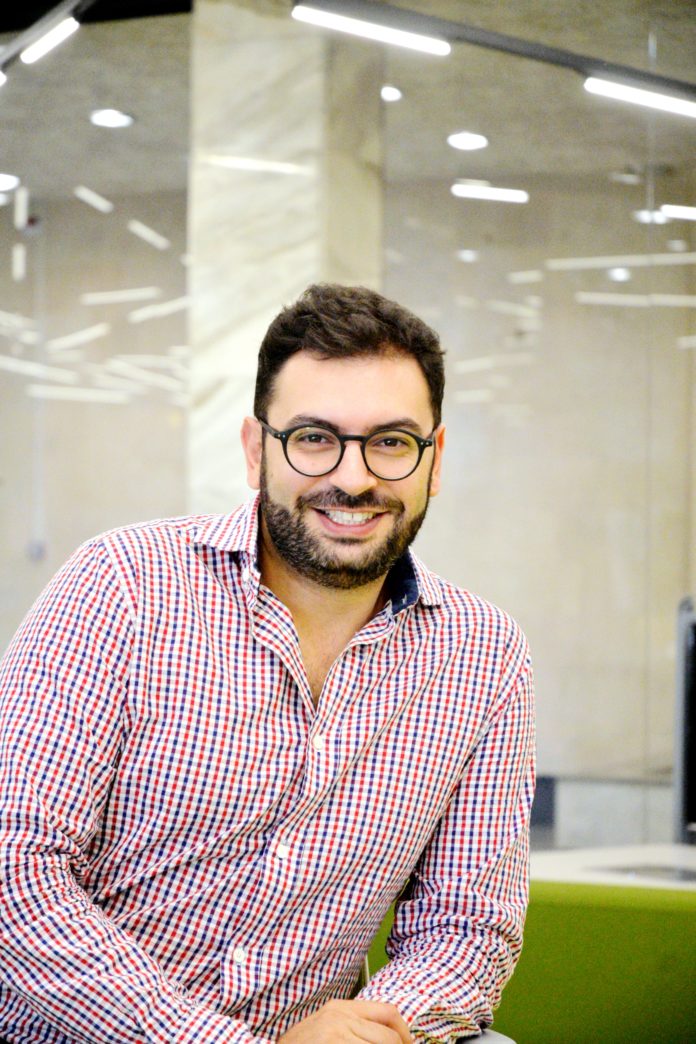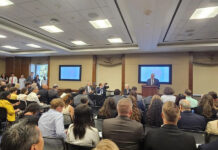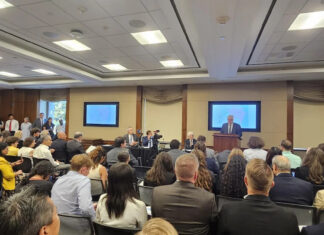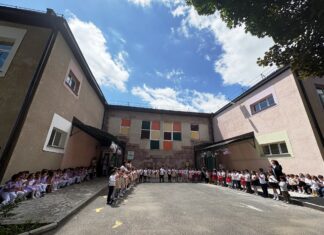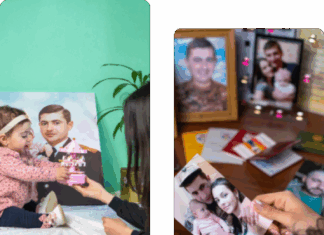By Ruth Bedevian
YEREVAN — I came to my recent visit to the American University of Armenia (AUA) well aware of the graduate degree programs. My husband and I enjoyed watching the May 2016 graduation ceremony via YouTube. We were happy to learn the first class of undergraduate students will walk in their caps and gowns to receive diplomas in May 2017. There was indeed much progress and growth to celebrate at the recent 25th anniversary gala held in Los Angeles in November 2016.
However, I was totally unaware of AUA’s Extension programs and how they creatively train, improve skills and conduct a variety of necessary education for the general public (as well as continuing professional education courses to its alumni). I was drawn to learn more and met with both Dr. Sergey Tantushyan, director of AUA Extension, and Anahit Ghazarian, Extension operations manager, in the AUA Extension office, Room 110M Main Building at 40 Marshal Baghramyan Avenue.
The university is a hub of activity with modern infrastructure and environmental amenities that instill the students, staff and visitors with the obligation to protect the Earth. Signs at the elevators remind students, faculty, and visitors alike to take the stairs to save energy (and also to augment their daily exercise). Email communications are footnoted with the following advice: Thank you for considering the environmental impact of printing emails.
AUA is a US-accredited institution of the University of California and as such enjoys an exchange of valuable technical support and educational experience; and its exchange program and cooperation are popularly known. What might be less known, however, is the valuable outreach of services and continuing education available to Armenian citizens and neighbors beyond the borders.
Both in Great Britain and the United States, continuing education has enjoyed a long history and many titles — extension courses, professional development and with the advent of the Internet — distance education/learning. Continuing education as it is known commonly in the US had an impressive start at the University of California (UC). A forerunner (beginning in 1856), it took the lead in educating a multitude of citizenry during WW II, between 1940 and 1945, educating nearly one million California workers in classes related to defense. Pre-employment training prepared students to work in factories, farms and offices. Civilian defense and first-aid classes were taught for the general population. Training in military services programs included such subjects as principles of flying, office skills, and truck driving and maintenance. Adult educators included administrators, teachers, classified support staff, students, and community leaders. For more than a century, UC has provided learning opportunities for adults in California, across the US and throughout the world.
